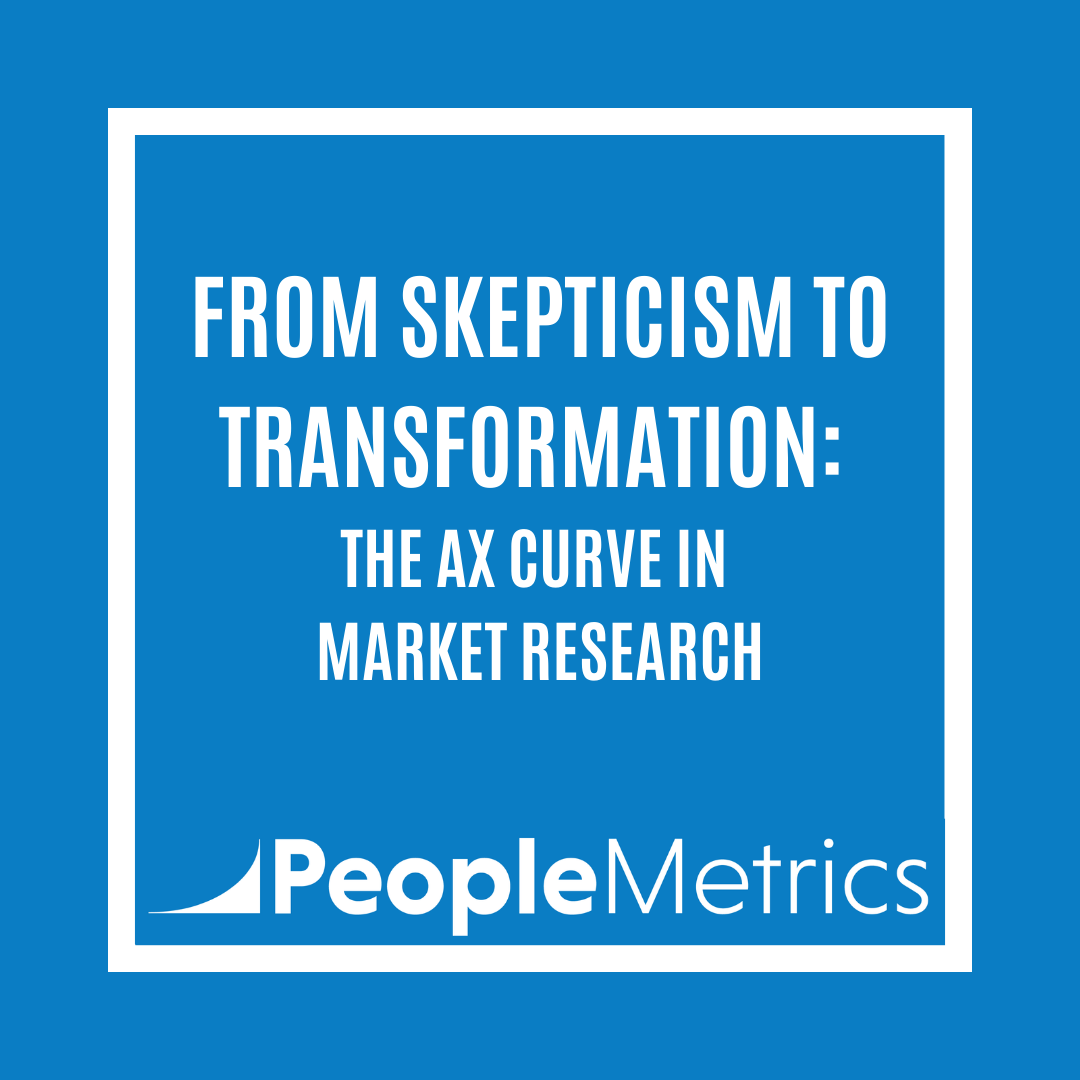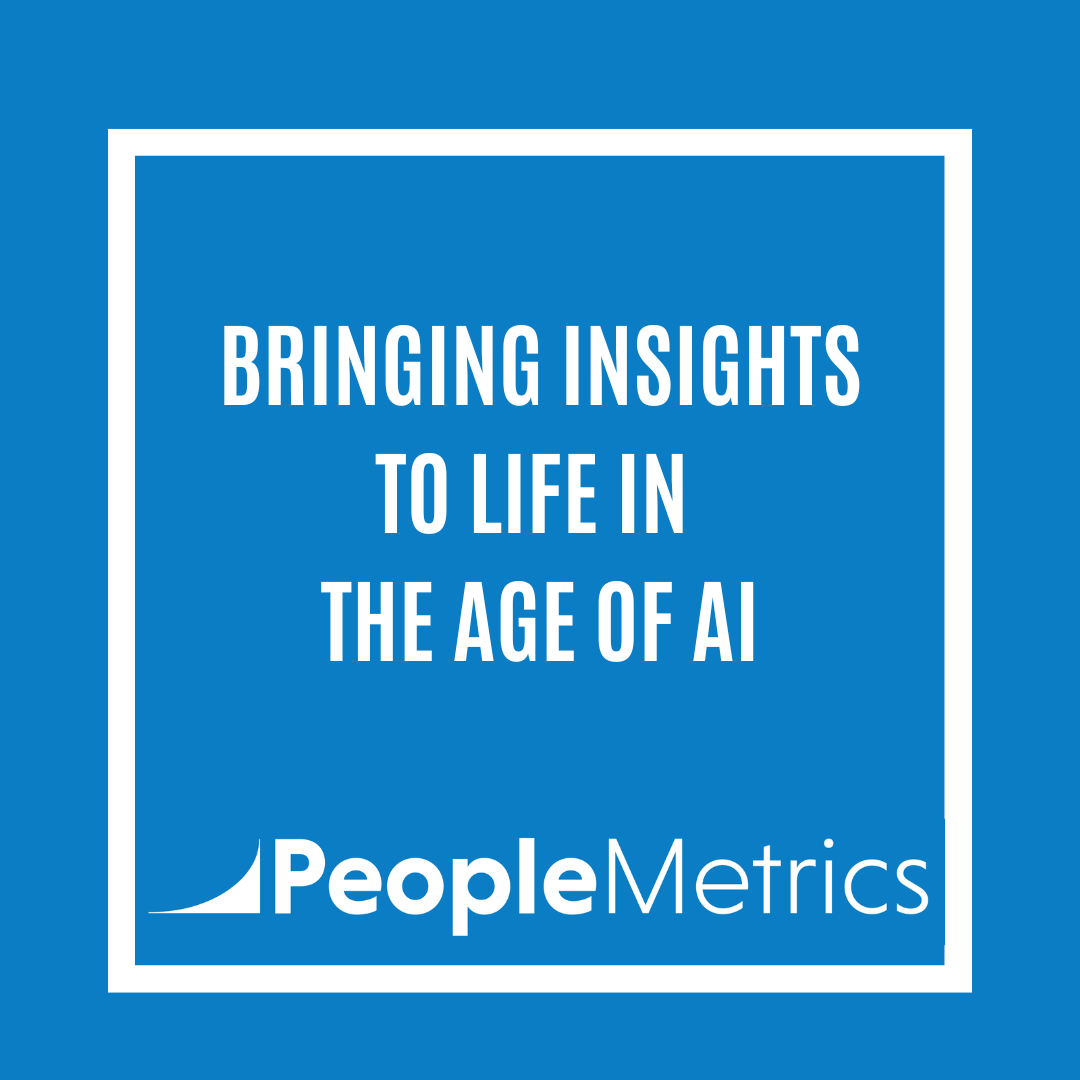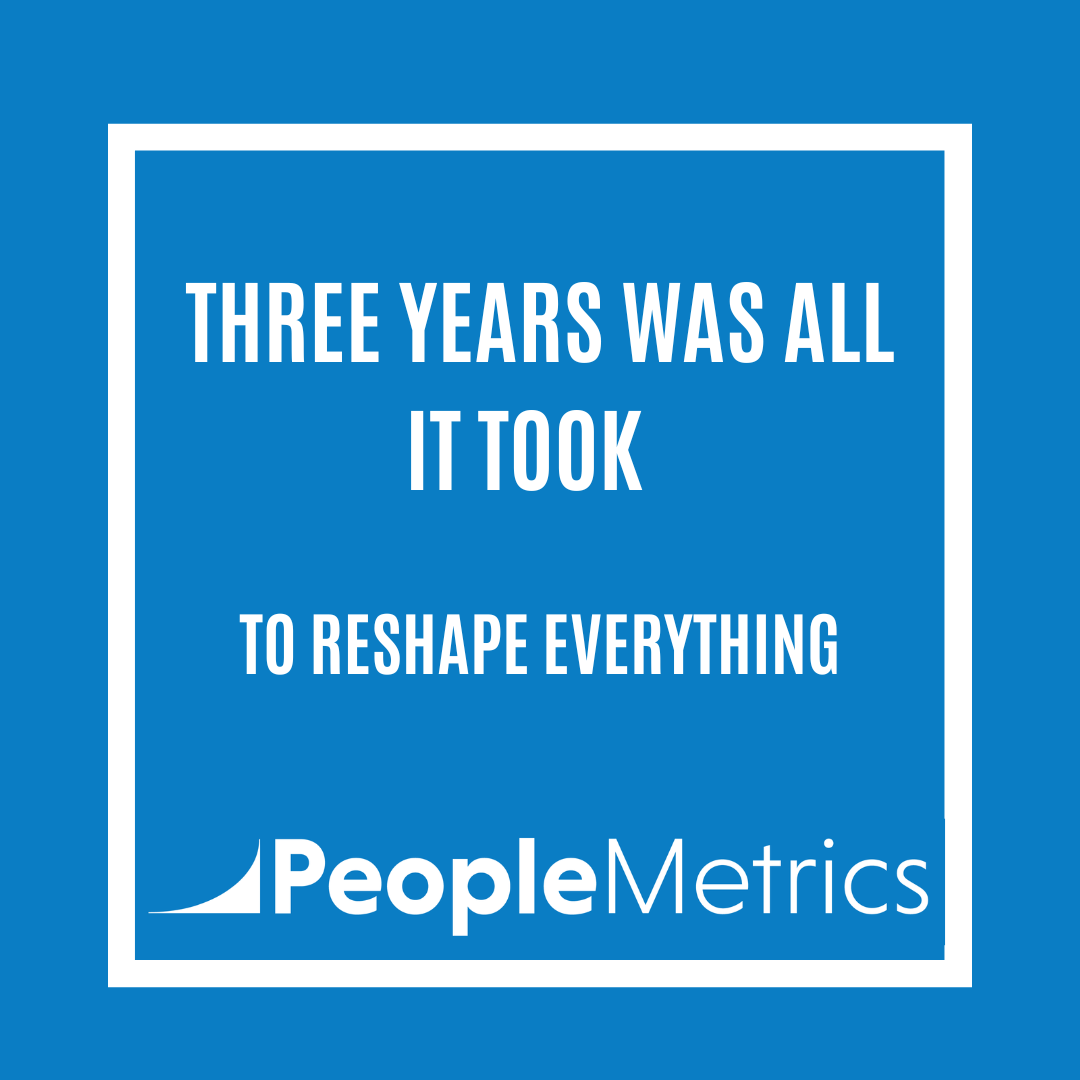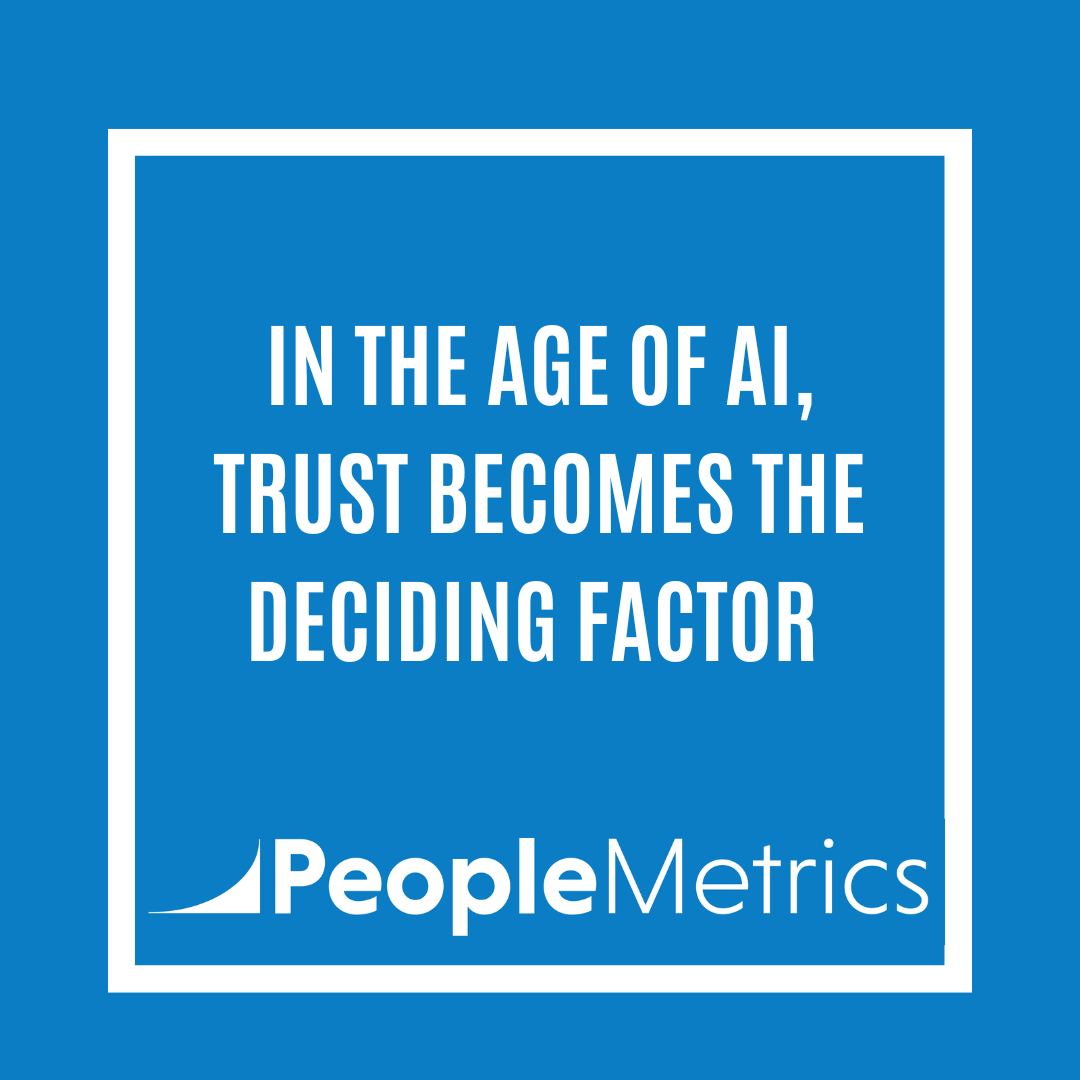Greg Isenberg recently compared the adoption of AI to the iPhone’s launch in 2007. At the time, most people dismissed the iPhone as too expensive, too limited, or simply unnecessary. Even Microsoft’s CEO mocked it. But over time, the iPhone transformed from a novelty into the single device people can’t live without, holding their apps, data, and identity.
AI is on a similar path. What feels like an “interesting tool” today will soon become indispensable. The AX (Agentic Experience) Curve, developed by LCA, maps this journey clearly.
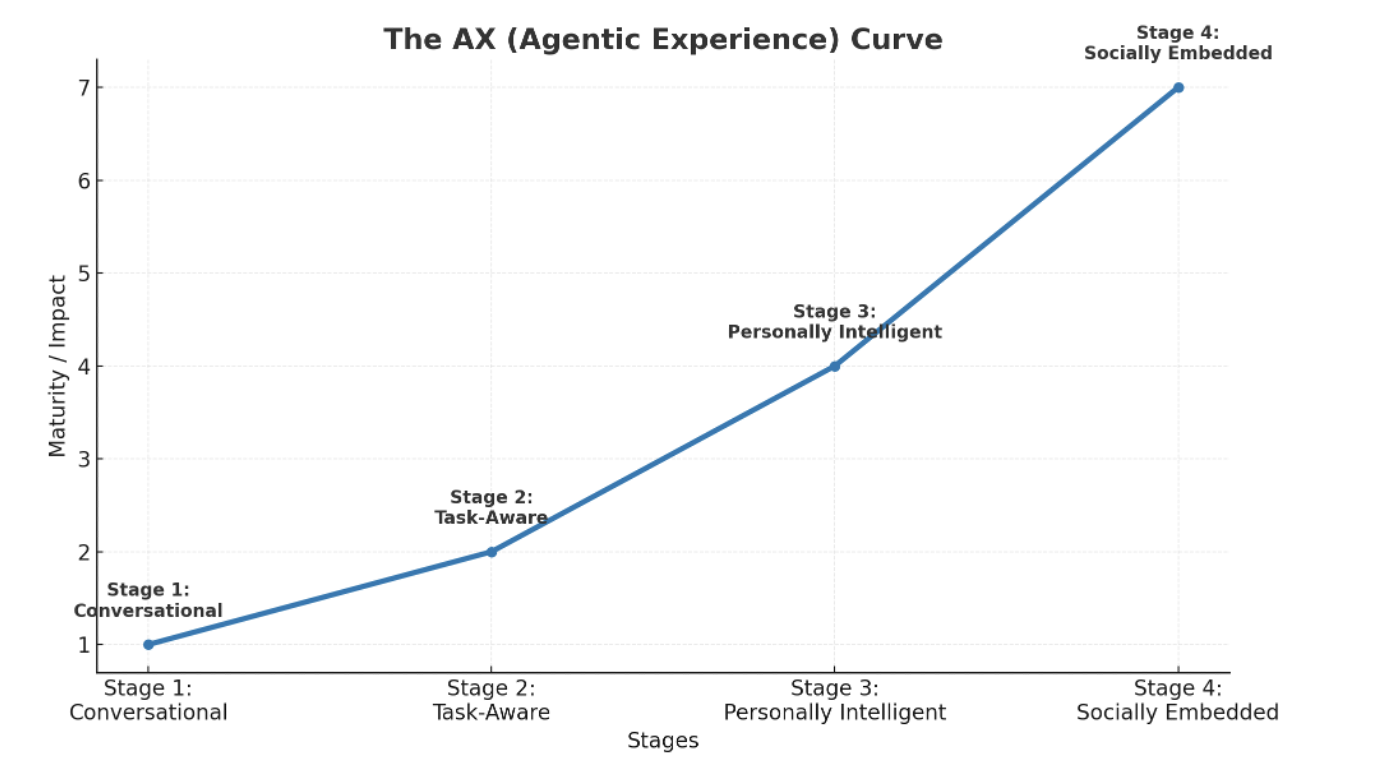
When applied to the insights industry, it shows how AI is moving from helpful experiments to embedded partners that change the way companies make decisions.
Stage 1: Conversational
At the first stage, AI can talk. In research, that looks like:
-
AI moderators conducting qualitative interviews
-
Automated survey programming and design
-
Chatbot-style survey collection
Value today: Faster, cheaper pilots.
Limitation: Easy to swap out. These systems don’t retain memory, deep brand knowledge, or category context.
Stage 2: Task-Aware
Here, AI reliably gets things done when asked:
-
Auto-coding thousands of open-ends in minutes
-
Summarizing focus group or IDI transcripts
-
Drafting toplines and decks on demand
-
Synthesizing themes from survey or social data
Value today: Major efficiency gains, freeing up analysts and speeding delivery.
Limitation: Tactical only. Vendors look interchangeable, and insights don’t accumulate project to project.
Stage 3: Personally Intelligent
This is where transformation begins and where we’re focusing efforts at PeopleMetrics. AI shifts from assistant to partner, carrying institutional memory and anticipating needs.
Examples:
-
“NPS among first-time buyers dropped in the Southeast—here’s why, and three actions to take.”
-
“Churn risk is rising in this segment—here’s the playbook to reduce it.”
Beyond the super-agent, mini agents specialize at the contact center, store level, or digital touchpoints, flagging coaching needs, surfacing local patterns, and making targeted recommendations.
Impact: Switching becomes painful. The system knows your business, speaks your brand voice, and integrates into daily workflows.
Stage 4: Socially Embedded
At the final stage, the customer is no longer a quarterly report. It’s a living presence inside your company.
How it shows up:
-
Customer avatars trained on survey, CRM, and operational data evolve in real time
-
Avatars join strategy meetings, board reviews, and creative sessions to represent core segments
-
Teams can stress-test scenarios across avatars before going to market
-
Emotional resonance: avatars make customer voices tangible, not abstract
Impact: The customer’s perspective becomes part of every decision, woven into the company’s nervous system.
Here’s the AX curve applied to insights with some of the examples listed above:
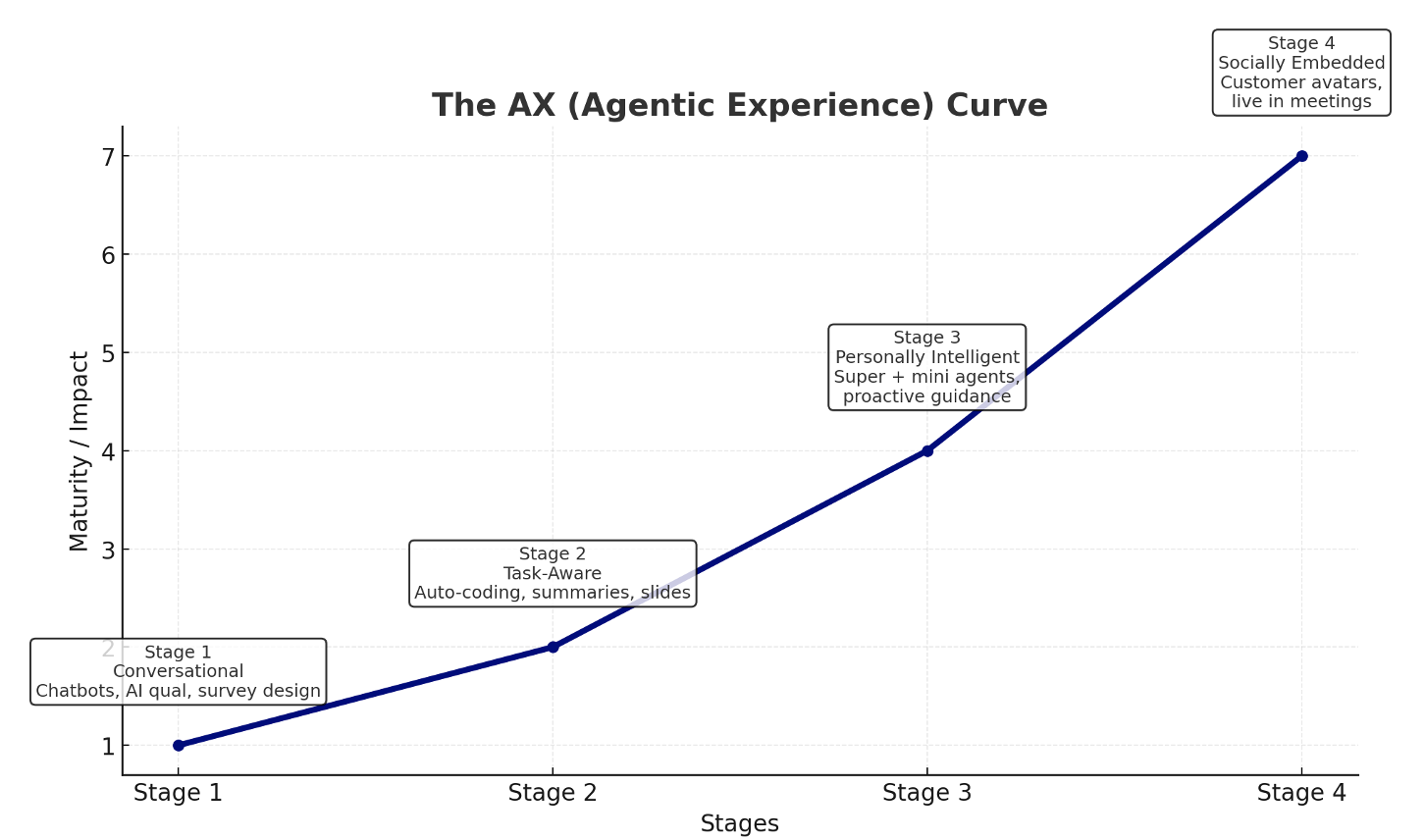
Why Skepticism Today Is Natural
Most AI tools in insights today are Stage 1 or 2: useful, exciting in demos, but easy to switch. Skepticism is expected.
But the curve shows what’s ahead. Just as the iPhone became indispensable once it carried our lives inside it, AI will evolve from helper to strategic partner and eventually to a living, embedded customer voice. That’s the transformation market research is heading toward.
👉 Framework inspired by Greg Isenberg. Diagram from LCA: The Rise of Agentic Experience.

